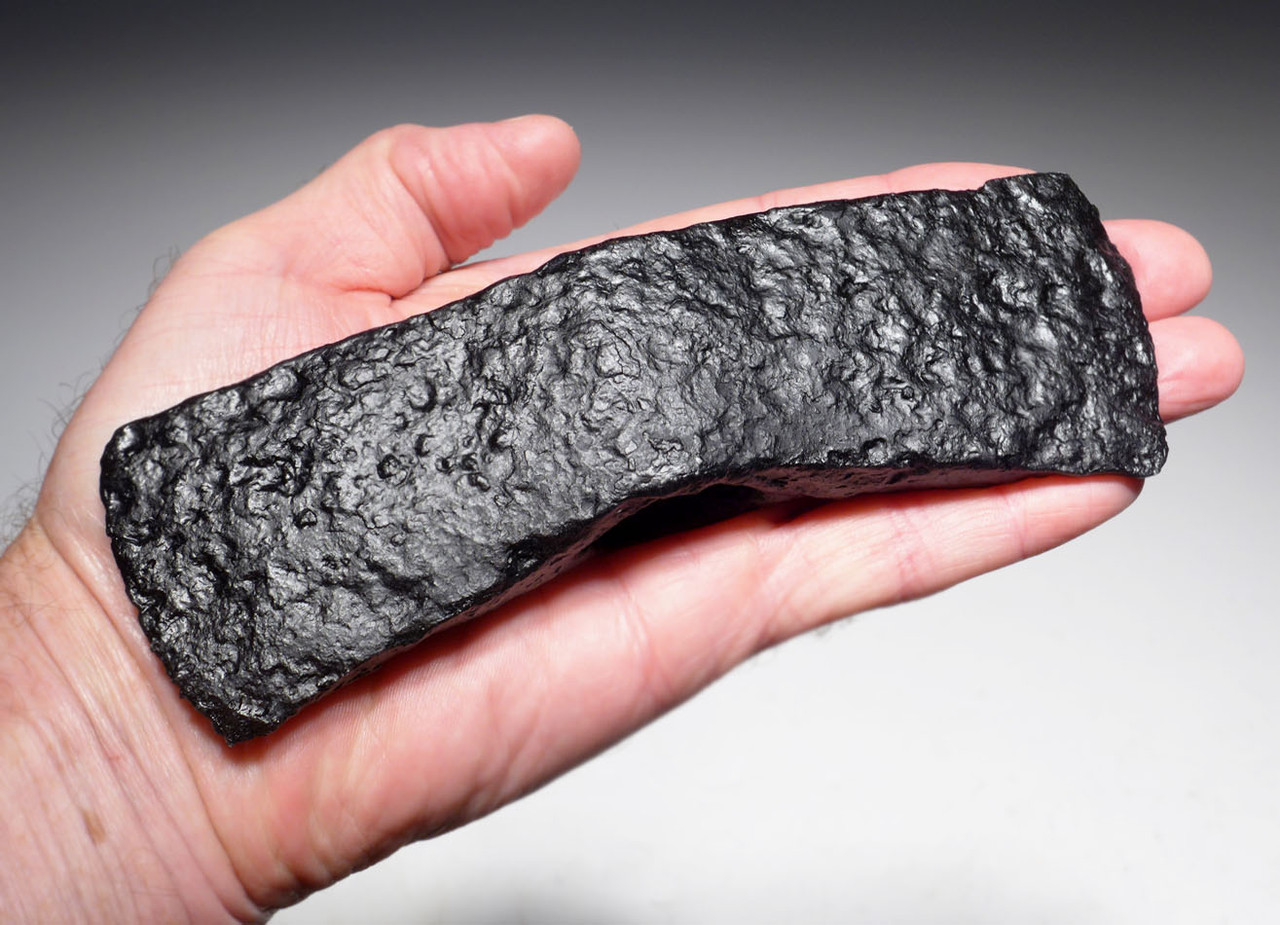Product Description
In the ancient world, the axe was a feared and effective combat weapon. The fearless and highly feared Varangian Guard of the Roman Byzantine military were made famous on that weapon, alone. This is an ancient iron BIPENNIS (double blade) axe that was found in a battlefield context with numerous other weapons used by the Roman Byzantine military. It is a scarce type, more associated with the ancient Thracians of the same area and possibly, its origin came from a downed Thracian soldier fighting the Byzantine Romans. One thing we know for sure is that this style is not common and it was one of only two in a very large private German collection!
The Bipennis our Double-bitted axe was useful in both, combat and utilitarian contexts. In war, the double blade made it deadly regardless of which was it was swung, a feature most important in close-quarters combat! The broad blade would have inflicted devastating wounds and the narrow head allowed penetration through the heavy armor that was common by this time in Byzantine warfare. This heavy axe butt end would have even been effective in defeating helmet and crushing the skulls of enemies. It is in excellent preservation and complete with no damage.
When fighting got close and personal, the axe was a devastating weapon and could defeat all forms of armor. The axe required no skill or special training, and could inflict fatal wounds with a single blow, making it one of the most deadly of all ancient weapons. The most feared infantry soldiers of the Byzantine Roman army were the Varangian Guard shock troops, famous for fighting on foot with large iron axes.
This weapon was used by the Byzantine Christian Roman armies defending the Empire's northern border along the Danube River in the present day East Balkans. This region was the northern-most boundary of the Roman Empire for most of its duration and evolution into Byzantium until 1336 AD, when the area fell under Ottoman rule. In the Balkans, Roman camps and fortresses along the Danube were constantly being challenged by opposing tribes and armies. The river served as a natural barrier against attacks from the north. Collected from a region that was once occupied by the Byzantine Roman military as they fought against the challengers of the Christian Roman Empire, these weapons were utilized by Roman soldiers in one of the many violent and frequent battles that took place in defense of Byzantium.
Unlike most metal artifacts sold on the market that are untreated and uncleaned, our specimens our properly cleaned, inspected and conserved in our museum conservation lab prior to being offered for sale to our clients. If ancient metal is NOT treated and stabilized correctly, IT WILL CONTINUE TO DISINTEGRATE AND CORRODE, AND COULD EVENTUALLY FALL APART.
SEE MORE ANCIENT ROMAN ARTIFACTS
 US DOLLAR
US DOLLAR
 EURO
EURO
 AUSTRALIAN DOLLAR
AUSTRALIAN DOLLAR
 CANADIAN DOLLAR
CANADIAN DOLLAR
 POUND STERLING
POUND STERLING














